Raja Ampat Dive Safari Guide
Raja Ampat is known as the “last paradise” for divers — but what’s it really like to dive it in 2025? We joined Scuba Republic on a 7-day dive safari through Central Raja Ampat, exploring 16 world-class dive sites and staying in local homestays along the way. From rare black manta rays at Manta Sandy to the unforgettable coral gardens of Melissa’s Garden, this is our honest guide to what you can expect.
Returning After Six Years
Having witnessed the magnificence of these coral reefs and the abundance of marine life six years ago, Raja Ampat left us with an unshakable awe. Alongside Komodo, it was one of the healthiest marine ecosystems we had ever experienced — even after working three years in the Maldives as dive professionals.
But returning in 2025, we carried an uncomfortable fear. With Raja Ampat’s rise in popularity since 2019, was the surge in tourism putting the reefs at risk? From the moment we landed in Waisai, it was clear how much the region had changed. More infrastructure, more visitors, and even single-wrapped sweets handed out at the marine park registration desk — ironic, given the 1,000,000 IDR (~$65 USD) conservation fee required from each guest.
While coral bleaching here is primarily driven by warming waters, we saw signs of tourism stress: fish swarming unnaturally at Sawandarek jetty due to feeding, and locals telling us that oceanic mantas haven’t been seen frequently at Blue Magic for the last few years. Raja Ampat is still breathtaking, but it’s also fragile — and it needs divers and snorkellers to be mindful if it is to remain “the last paradise.”
Why Choose a Dive Safari in Raja Ampat (vs Liveaboard)?
A dive safari is a land-based alternative to liveaboards. Instead of living, eating, sleeping and diving from a liveaboard vessel, you travel between the islands and dive sites, sleeping and eating in the local homestays. Traveling by boat to different areas and new islands each day.
This a unique model to Scuba Republic within Raja Ampat. When compared to staying at a resort and diving, the resort won’t provide you with the same range of cultural immersion. Whilst the resort will have it’s local dive sites with quick access, visiting different islands and furhter dive sites often requires long speedboat transfers to reach them, during which you will experience exposure to weather, and less comfort on these long journeys back and forth to your resort. But the greater comforts of a resort could outweigh this for you depending on how much diving you’d like to do.
A dive safari gives you much of the flexibility and dive site access of a liveaboard, but with a more affordable price tag and the chance to meet local families, experience different homestays, and even share moments like the Papuan dance competition we got to watch.
✅ Pros of a Dive Safari
- More affordable than liveaboards
- Cultural immersion — stay in Papuan family run homestays
- Authentic meals (every homestay has its own style)
- Unique atmosphere: bird calls, village life, different landscapes
- Flexible dive planning — local guides swap sites if currents aren’t right
⚠️ Cons of a Dive Safari
- Basic accommodation: foam floor mattress, mosquito nets, bucket showers, shared toilets
- No AC,(sometimes no fan), limited private space, often damp
- Lunch is packed from the homestay, not fresh hot meals
- You need to pack/unpack daily
- Creepy crawlies and rodents are common companions
We’ve done over 15 liveaboards between us — in the Maldives, Egypt, and Indonesia (including working on three liveaboards in Raja Ampat itself). Liveaboards remain unbeatable for precise timing at sites and comfort. But the dive safari offered something different: cultural exchange, new friendships, and a raw, authentic way to explore the islands.
👉 Learn more: Scuba Republic Raja Ampat Dive Safari
Our 6D/7N Raja Ampat Dive Safari Itinerary
Here’s the full itinerary we followed with Scuba Republic. Like all diving trips in Raja Ampat, conditions (and currents!) mean plans are flexible.
Day 1 – Arrival & Friwen Island
- Meet at Scuba Republic Base Camp in Waisai
- Check gear, paperwork, and enjoy lunch
- Check Dive: Friwen Bonda/Wall (great warm-up site)
- Overnight: Homestay on Kri Island
Day 2 – Central Sites & Bat Island
- Dives: Cape Kri, Cross-Over (subbed for Yenbuba), Sawandarek
- Overnight: Arborek village → Besir Bay, southern Gam
Day 3 – Piaynemo Viewpoint & Mantas
- Dives: Early dive at Manta Sandy (10+ mantas, including 5 rare black mantas), second dive at My Reef
- Land excursion: Climb the 355 steps to the iconic Piaynemo viewpoint
- Tip: Wear a hat – it’s hot on the top exposed platform, and bring cash for a fresh coconut at the bottom.
- Ethical note: Don’t buy shells or coconut crab shells (the coconut crab is endangered, and shells should remain in the ecosystem).
- Overnight: Saukabu village, Pam Island — highlight: a local Papuan dance competition!
Day 4 – Melissa’s Garden & Mayhem
- Dives: Melissa’s Garden, Batu Rufas, Mayhem
- Overnight: Besir Bay, Gam Island (Our favourite homestay of the trip!)
Day 5 – Otdima, Mike’s Point & Batu Lima
- Excursion: Jelly fish lake (not much luck for us this time!)
- Dives: Otdima, Mike’s Point (be aware of the current on both dives), Batu Lima
- Overnight: Yenanas Paradise Homestay, on Gam Island (the second ever homestay to be built in Raja Ampat!)
Day 6 – Central Sites & Gam
- Dives: Chicken Reef, Sardine Reef, Mioskon
- Surface interval: Relaxing stop at Bat Island beach
- Overnight: Yenanas Paradise Homestay, Gam Island
Day 7 – Final Dive & Return
- Dive: Blue Magic (powerful currents, no mantas this time)
- Return to Base Camp for lunch
- Catch afternoon ferry back to Sorong
Dive Site Highlights
- Cape Kri: record 374 species logged in one dive (Conservation International) — strong currents, advanced only.
- Melissa’s Garden: vast hard coral gardens; buoyancy control is essential.
- Mike’s Point: dramatic swim-through, dangerous down currents if mistimed.
- Manta Sandy: manta cleaning station — stay behind the rock line, don’t disturb their natural behaviour.
- Sawandarek Jetty: once iconic, now impacted by fish feeding.
- Batu Rufas: Stunning underwater coral window, great for photos and videos but watch your fins as you pass through as not to damage it.
- Macro life: pygmy seahorses, nudibranchs including the beloved, Pikachu, leaf scorpionfish, orangutan crab, pipefish, shrimps.
Scuba Republic’s Sample 7D/6N Dive Safari Itinerary (At a Glance)
| Day | Dives / Activities | Overnight |
|---|---|---|
| 1 | Arrive Waisai, lunch at Base Camp → Paperwork & gear setup → 1 dive at Friwen Island | Gam Island |
| 2 | 3 dives in Central Raja Ampat + Bat Island beach lunch | Besir Bay |
| 3 | Snorkel Jellyfish Lake → Dive Fam reefs | Fam Island |
| 4 | 2 dives around Piaynemo → Climb Piaynemo viewpoint (355 steps) | Arborek village |
| 5 | Manta Point + 2 dives around Mansuar & Kri | Kri Island |
| 6 | 2–3 dives in Central Raja Ampat (schooling fish sites, seasonal sandbars near Kri) | Kri Island |
| 7 | Final dive in Central Raja Ampat → Return to Base Camp, lunch → 14:00 ferry to Sorong | — |
Best Dive Sites in Raja Ampat (Highlights You Can’t Miss)
- Cape Kri – biodiversity hotspot, potential for challenging currents.
- Manta Sandy – cleaning station; chance of rare black mantas.
- Melissa’s Garden – breathtaking coral gardens, often called the most beautiful dive site in Raja Ampat.
- Blue Magic – pelagic encounters (barracuda, trevally, tuna), but highly current-dependent.
- Sardine Reef – schooling fish in huge numbers.
- Mike’s Point – unique topography, dramatic ledges, risk of down currents.
⚠️ Safety tip: Dive within your limits. On our safari, we saw divers lose fins, run out of air, and struggle with cramps in the current. Always stay close to your buddy, monitor your gas and NDL, and use a noise-maker only in emergencies.
Staying in Local Homestays – What to Expect
- Homestays are part of what makes a dive safari special. They range from $25–55 USD per night, including three meals. Ours were bundled into the safari package.Expect foam mattresses, mosquito nets, bucket showers, damp rooms, and whilst the rooms are clean, their location means you can expect plenty of curious visitors — mosquitoes, spiders, cockroaches, and sometimes rats. Meals are simple but filling, and every host offered a sweet treat at the end of dinner (cakes, doughnuts).The vibe is unbeatable: everyone eating together, swapping stories over a Bintang, and laughing about shared discomforts. It’s not luxury — but it is real Raja Ampat.Pro tips:
- Bring a quick-dry towel & clothing
- Store snacks in hard-sealed containers (to deter hungry pests)
- Use earplugs for noisy (stormy) nights
- Carry a raincoat & dry bag
- Try to keep one outfit clean and dry (you’ll want it for the journey home)
👉 Grab our Free Raja Ampat Dive Safari Packing List to help you pack like a pro with bonus tips – it’s got everything we wished we bought with us in there! Plenty of things we’d have never thought of either! Download it for free here.
Responsible Diving & Ecological Challenges
Raja Ampat sits at the heart of the Coral Triangle, the world’s most biodiverse marine region (Conservation International). That makes it both priceless and vulnerable.
On our safari, we saw coral bleaching — both old dead colonies and small patches of new bleaching. While some reefs showed recovery (young corals growing on old skeletons), hard corals take centuries to return to full health.
At popular snorkel sites, fish feeding has altered behaviour and damaged shallow corals. At Sawandarek jetty, fish swarmed divers unnaturally — a far cry from what we saw six years ago.
How you can help:
- Maintain excellent buoyancy; never touch or stand on coral
- Do not feed fish, or support operators who do
- Use reef-safe sunscreen
- Respect briefing rules at manta sites
- Choose operators that limit diver numbers (like Scuba Republic at Blue Magic)
- Guides will aim to please you, if they are poking or moving marine life to do so, tell them you do not want them to.
What to Pack for a Raja Ampat Dive Safari
 Dive Gear
Dive Gear
- Dive computer & torch
- Surface marker buoy (SMB) – crucial when diving strong currents – make sure your guide puts one in your BCD pocket and explains how to use it if you don’t already know.
- Reef hook (for strong currents) – learn how to use this before your trip. (Usually provided as part of rental equipment)
- Reef-safe sunscreen
- Logbook & certification cards
 Travel Essentials
Travel Essentials
- Dry bags & zip-locks
- Quick-dry towel & clothes
- Lightweight sandals & reef-safe water shoes
- Power bank & adaptor
- Reusable water bottle
 Comfort Extras
Comfort Extras
- Snacks (in hard, air tight containers)
- Mosquito repellent & after-bite
- Earplugs & sleep mask
- Lightweight raincoat
- Small first aid kit
Eco-Friendly Tips
Bring natural shampoo and soap bars – plastic free and no harmful run-off into the ocean Any plastic packaging you bring into Raja, bring it back out with you, they don’t have the infrastructure to cope with it, we saw lots of plastic during our dives, some of which can certainly be avoided by not adding to the problem. Collect plastic on your dives, but not at the expensive of your own safety or others – there’s only so much you can do and your safety must be no.1 priority. Free Download: Grab Your Free Raja Ampat Dive Safari Packing List!
Free Download: Grab Your Free Raja Ampat Dive Safari Packing List! 
Final Thoughts – Is a Dive Safari Right for You?
 Still not sure if it’s right for you? Read our Scuba Republic Review to compare their Liveaboard, Dive Safari and Base Camp experiences and find out which is the best option for you!
👉 Download Your Free Raja Ampat Packing List to start planning your own safari.
👉 Ready to book? Mention this article when booking with Scuba Republic for 10% off your Dive Safari trip.
🤝 Work With Us: Are you a dive resort, liveaboard, or travel brand?
Get in touch here.
Questions? Drop them in the comments or email us — we’ll be happy to help you plan your own adventure.
Still not sure if it’s right for you? Read our Scuba Republic Review to compare their Liveaboard, Dive Safari and Base Camp experiences and find out which is the best option for you!
👉 Download Your Free Raja Ampat Packing List to start planning your own safari.
👉 Ready to book? Mention this article when booking with Scuba Republic for 10% off your Dive Safari trip.
🤝 Work With Us: Are you a dive resort, liveaboard, or travel brand?
Get in touch here.
Questions? Drop them in the comments or email us — we’ll be happy to help you plan your own adventure. Watch Our Full Experience on YouTube
- FAQ:
- Do you need Advanced Open Water? Yes, strongly recommended, often a requirement by dive operators for these trips. Some also require 100+ dives due to currents.
- What’s the cost? Around $1,050 USD for a 6D/7N safari with dives & homestays, including 3 meals a day. They have shorter and longer packages available.
- Fun Fact: Cape Kri holds the world record for the most species recorded on a single dive (374, logged by Dr. Gerry Allen, Conservation International).


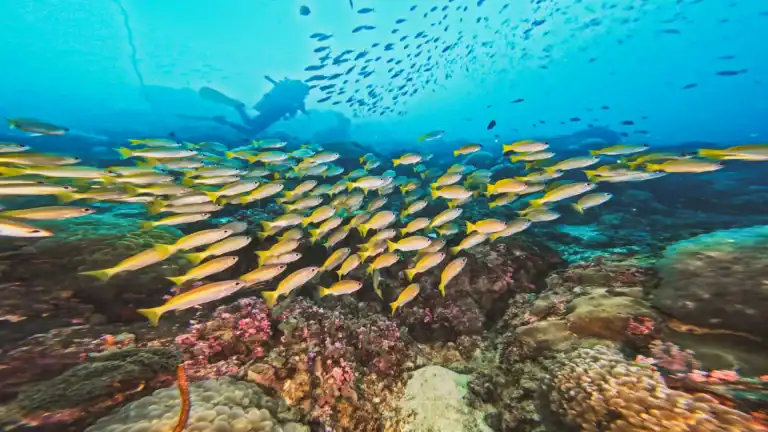
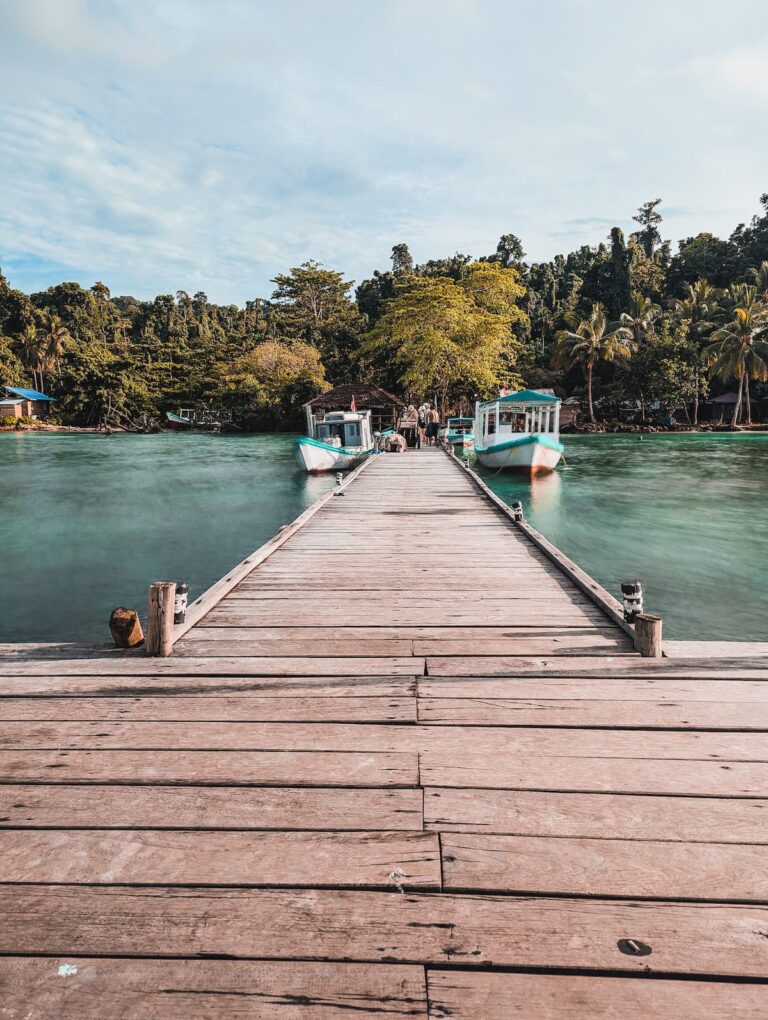

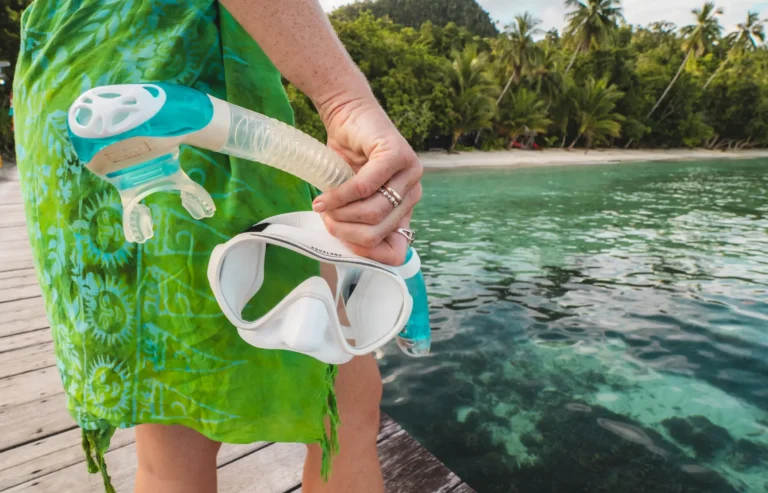
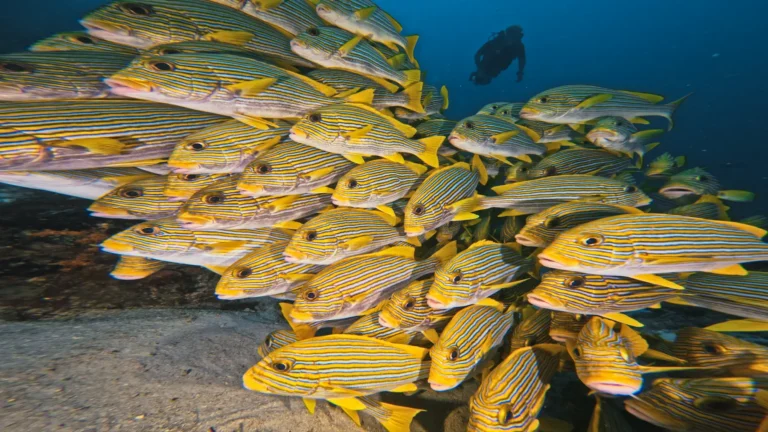
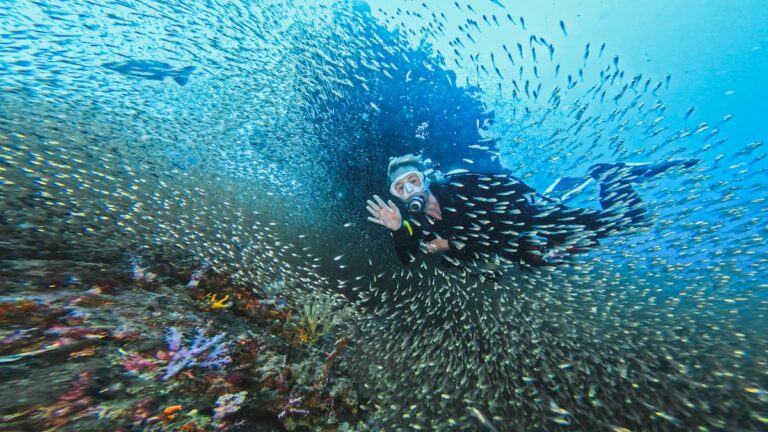
One Comment